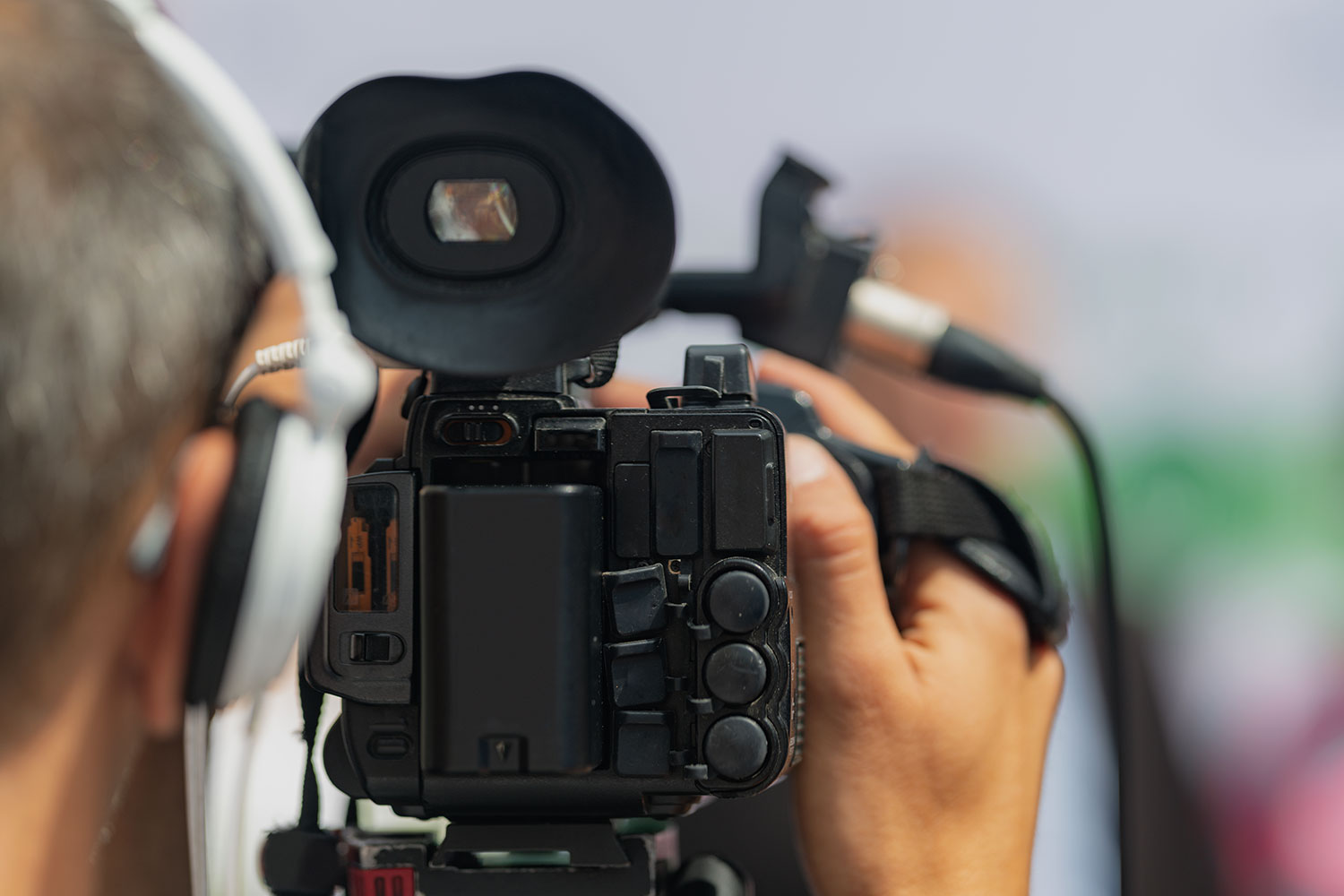Why Legal Videography is Becoming an Invaluable Tool for Legal Professionals
Why Legal Videography is Becoming an Invaluable Tool for Legal Professionals
Blog Article
Why Lawful Videography Is Essential for Accurate Court Recordings
The function of lawful videography in courtroom settings can not be overstated, as it acts as a vital device for protecting the stability of court documents. By capturing both spoken and non-verbal interaction, it boosts the clarity of witness testaments and mirrors the subtleties of court interactions. This detailed documentation not only help in decreasing possible misconceptions but also sustains appellate evaluations, thus enhancing the judicial process. Nonetheless, the ramifications of incorporating legal videography right into standard court room practices elevate crucial concerns regarding its more comprehensive influence on the legal system. What might these implications involve?
Significance of Visual Proof
In the realm of legal procedures, the significance of visual proof can not be overemphasized. Aesthetic proof acts as a powerful tool in establishing truths, corroborating testimonies, and improving the general quality of a situation. This type of evidence, that includes photos, videos, and representations, can supply a concrete context that spoken descriptions often do not have, thereby offering juries and judges a more clear understanding of the scenarios surrounding a case.
In addition, visual evidence help in the retention of information. Human cognition is naturally aesthetic, and individuals are a lot more likely to bear in mind and comprehend info presented in an aesthetic format. In the court room, this can be critical, as engaging aesthetic evidence can guide viewpoints and enhance the story offered by lawful agents.
In addition, making use of visual proof can lessen misconceptions and ambiguities that commonly emerge from spoken exchanges. By providing a direct representation of occasions, visual evidence assists to remove subjective analyses and promotes an extra unbiased exam of the facts. The assimilation of aesthetic proof right into lawful proceedings not only strengthens the integrity of the judicial procedure yet additionally boosts the chance of attaining a simply outcome.
Capturing Non-Verbal Hints
Making use of sophisticated videography methods can considerably boost the capture of non-verbal signs throughout legal process. Non-verbal communication, consisting of facial expressions, body movement, and eye call, plays a vital role in sharing feelings and objectives that might not be explicitly specified in verbal statement. legal videography. Lawful videography utilizes high-definition video cameras and tactical angles to guarantee that these subtle hints are tape-recorded with clearness and precision
The ability to analyze non-verbal habits can supply beneficial context to declarations made during court sessions. A witness's reluctance or confidence can be translated with their position or gestures, potentially influencing the jury's assumption of reputation. The usage of close-up shots can help concentrate on an audio speaker's expressions, enabling for a much more nuanced understanding of the testimony.
Moreover, integrating numerous cam angles can produce a comprehensive view of communications, highlighting dynamics between celebrations entailed. This complex strategy not only enhances the accuracy of the court record however likewise help in preserving the stability of the judicial process - legal videography. Inevitably, catching non-verbal hints through lawful videography cultivates a richer, a lot more total depiction of court proceedings

Enhancing Testimony Integrity
The dependability of statement can be dramatically bolstered via the use of top quality legal videography. Video clip recordings work as an objective tool that catches not just the spoken words of witnesses however also the nuances of their delivery, consisting of tone, pacing, and psychological expressiveness. This diverse documentation offers a more clear understanding of the witness's reputation and intentions, which can be critical in lawful procedures.
Moreover, lawful videography lessens the potential for misconceptions that might arise from written records alone. When jurors can observe a witness's attitude and body language combined with their testament, they are much better equipped to assess the authenticity and reliability of the evidence offered. This visual context can strengthen the testimonial story, making it a lot more compelling and reliable.
In addition, the presence of a video clip recording can discourage potential incongruities in testament. Witnesses may have a peek at this website be more mindful in their statements when they recognize they are being recorded, bring about even more exact and genuine accounts. In general, top notch lawful videography enhances the integrity of testimony, making sure that the court has access to a full and honest depiction of the facts as conveyed by the witnesses.
Supporting Appeals and Reviews
Lawful videography plays a critical duty in sustaining allures and testimonials by offering a comprehensive aesthetic record of courtroom procedures. This aesthetic documents catches not only the talked words of witnesses and lawyers however also the subtleties of body language, intonation, and court room characteristics. Such components can be essential in comprehending the context of testaments and arguments presented.
In the appellate procedure, where the focus is on mistakes of legislation and procedural fairness, a video clip record can act as a vital device for appellate courts. It allows judges to assess the initial test context, guaranteeing that choices are based on a complete understanding of the process. The capability to aesthetically analyze the temperament of witnesses or the communications between celebrations can disclose insights that written transcripts may forget.

Additionally, lawful videography can help in clarifying obscurities in testaments or procedural judgments, therefore reinforcing the basis for an allure. By offering a dependable, unbiased account of what taken place in court, legal videography not just supports the integrity of the legal procedure however likewise equips all parties entailed to make enlightened decisions regarding their cases.
Enhancing Court Room Processes
Enhancing court performance, legal videography streamlines processes by supplying prompt accessibility to visual documents of process. This innovation permits courts, lawyers, and juries to take another look at crucial testimony and proof, making certain that all events have a clear understanding of the case. By recording the subtleties of verbal and non-verbal interaction, videography enriches the record, making it less complicated to realize the context and weight of testaments.

In addition, video recordings can help with remote involvement in hearings, enabling better versatility in scheduling and engagement, which is especially important in intricate instances including numerous stakeholders.
Conclusion
In verdict, lawful videography plays Find Out More a crucial role in making certain accurate court recordings by providing essential aesthetic evidence that records both verbal and non-verbal interaction. This method improves the integrity of testaments, sustains appellate testimonials, and improves courtroom processes. By promoting an anonymous extensive understanding of court room characteristics, lawful videography ultimately contributes to much more fair judicial end results, enhancing the integrity of the legal system and facilitating educated decision-making.
Report this page